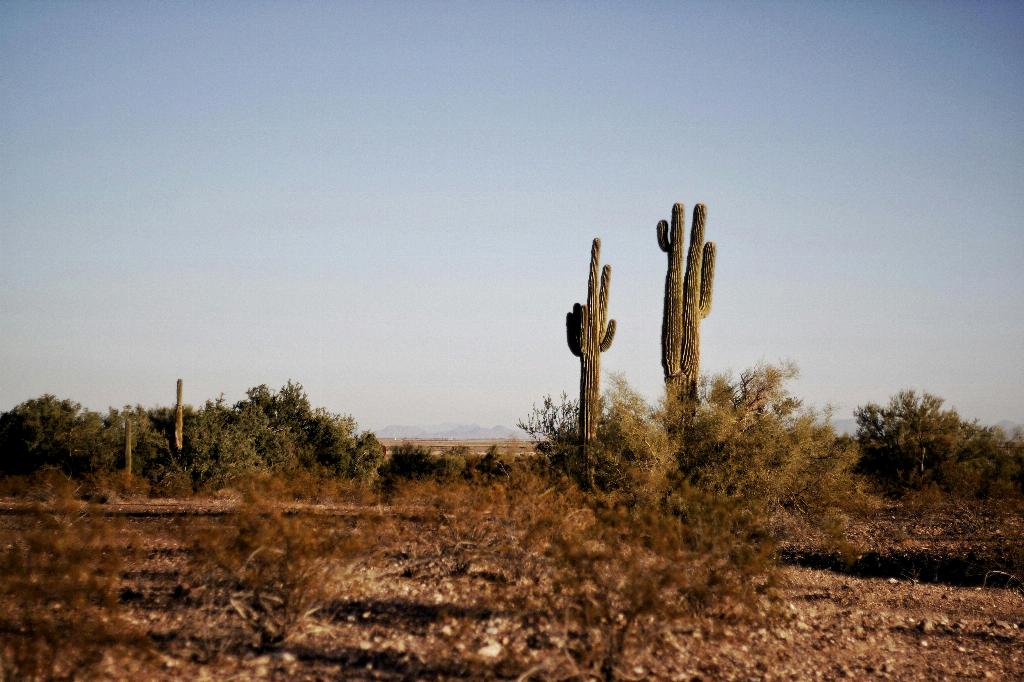When it comes to the cold tolerance of cacti, proper understanding of the different varieties and their needs is essential. Cacti are known for their ability to thrive in arid and hot conditions, yet some can tolerate colder temperatures than others. In general, it is best to aim for above-freezing temperatures during the winter months to prevent frost damage.
While many cacti can withstand frost, it’s crucial to note that not all varieties exhibit the same level of cold tolerance. Some species are naturally more adapted to colder climates and can survive in temperatures as low as 20°F, while others may suffer damage or even death if exposed to frosty conditions.
One important factor to consider is the origin of the cactus species. Cacti that originate from desert regions with extreme temperature fluctuations are generally more cold-hardy compared to those from tropical climates. For instance, some desert cacti like the Saguaro (Carnegiea gigantea) can endure temperatures as low as 15-20°F due to their evolutionary adaptations.
It is worth noting that while some cacti can tolerate freezing temperatures, prolonged exposure to cold and wet conditions can still be detrimental to their health. It is advisable to protect your cacti during frosty nights by covering them with a blanket or moving them indoors if possible.
For individuals living in areas with harsh winters, it is essential to choose cold-hardy cacti varieties that can better withstand low temperatures. Opuntia species, commonly known as prickly pears, are excellent choices for cold climates as they can endure temperatures down to 0°F if provided with proper care.
On the other hand, cacti like the Easter Cactus (Hatiora gaertneri) are more sensitive to cold and should be kept above 50°F to thrive. Understanding the specific temperature needs of each cactus species in your collection is crucial for their overall health and well-being.
In addition to temperature considerations, proper soil drainage is also vital in preventing cold stress in cacti. Excess moisture in the soil during colder months can lead to root rot and other issues, so it’s essential to ensure that your cacti are planted in well-draining soil to avoid waterlogged conditions.
During the winter, reducing watering frequency for cacti is recommended as they enter a period of dormancy. This helps prevent overwatering, which can be exacerbated by lower temperatures and lead to root problems. Maintaining proper watering practices is key to keeping your cacti healthy during the colder months.
For individuals growing cacti indoors, it is crucial to provide adequate light and warmth during the winter months. Placing your cacti near a south-facing window where they can receive ample sunlight is essential for their growth and overall well-being, especially when outdoor conditions are not ideal.
Overall, the cold tolerance of cacti varies depending on the species and their natural habitat. While some cacti can withstand freezing temperatures, it is essential to cater to their specific needs and provide appropriate care during the winter months to ensure their survival and thriving health. By understanding the temperature requirements of your cacti and taking proper precautions, you can enjoy a vibrant and resilient cactus collection year-round.

